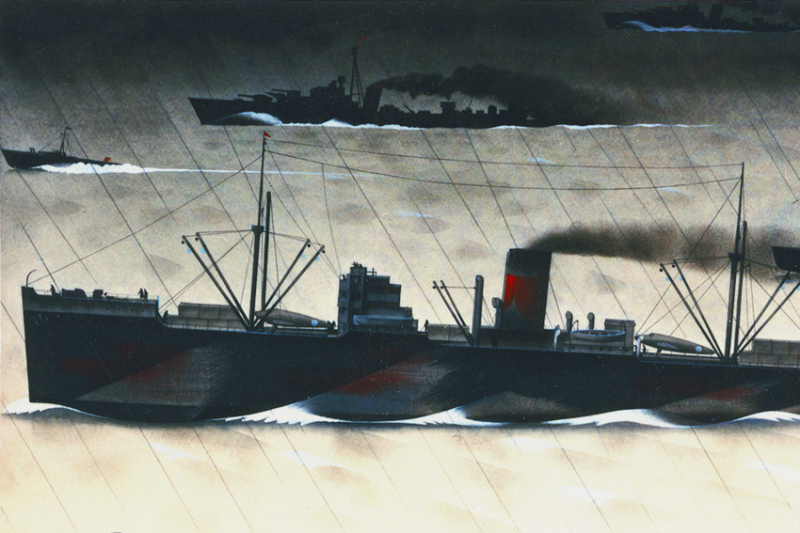SS Gairsoppa
German U-boats inflicted significant damage on Allied ships in the North Atlantic during this time, which the Kriegsmarine dubbed "Die Glückliche Zeit" ("The Happy Time"). One of those wrecks, the British commercial ship SS Gairsoppa, sank after being torpedoed around 300 miles southwest of Galway Bay. The underwater burial was discovered in 2011 after lying undiscovered for 70 years. The largest known precious metal cargo ever recovered from the sea was the result of the discovery.
A large shipment of silver bullion had to be transported from Calcutta to Liverpool by the steam-powered Gairsoppa, a perilous 5,000-mile journey in choppy waters. The slow-moving cargo was forced to leave its convoy after making steady progress in order to refuel. U-101 was quick to seize the opportunity to attack the simple prey.
Even though all 86 crew members managed to flee the burning ship, they were soon killed by the freezing water and machine gun fire from the sub that had surfaced. The lone survivor, 2nd Officer RH Ayers, drifted for the following 13 days over 300 miles before arriving in Cornwall, England. Ayers received an MBE in recognition of his bravery.
Seven decades later, while using a remotely operated vehicle (ROV), the Odyssey Marine Exploration discovered the Gairsoppa's wreck at a depth of almost 15,000 feet. Over time, the deep-water experts removed 2,792 silver bars from the ship, each bearing the stamp "HM Mint Bombay" and weighing about 28 kilograms. The UK government had given Odyssey a salvage contract, allowing it to keep 80% of the estimated $210 million net worth of the.999 high-purity ingots.











